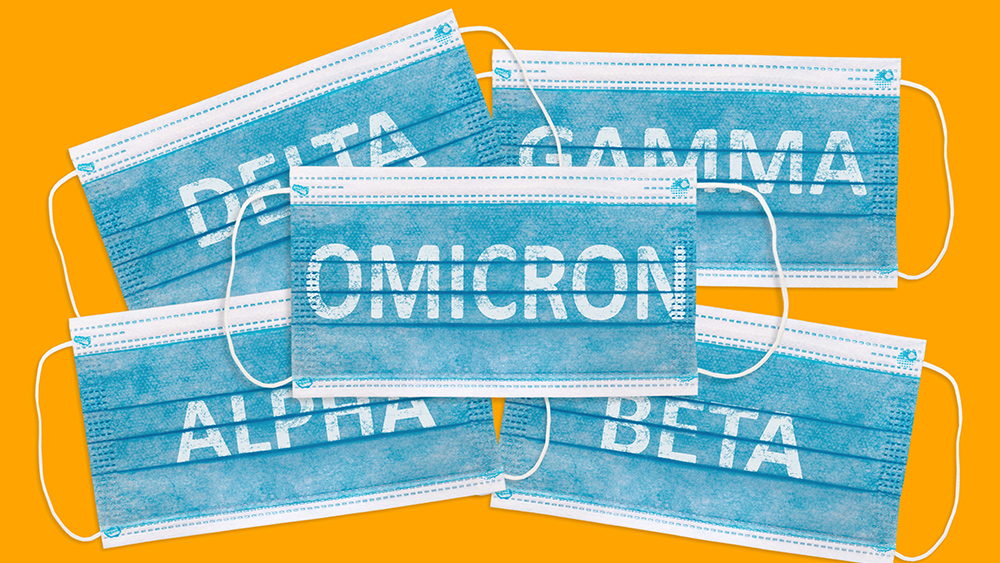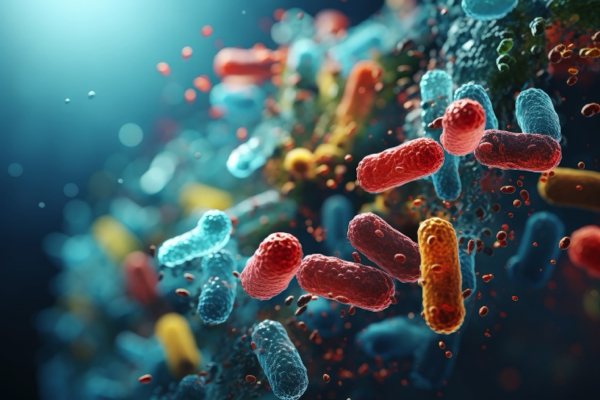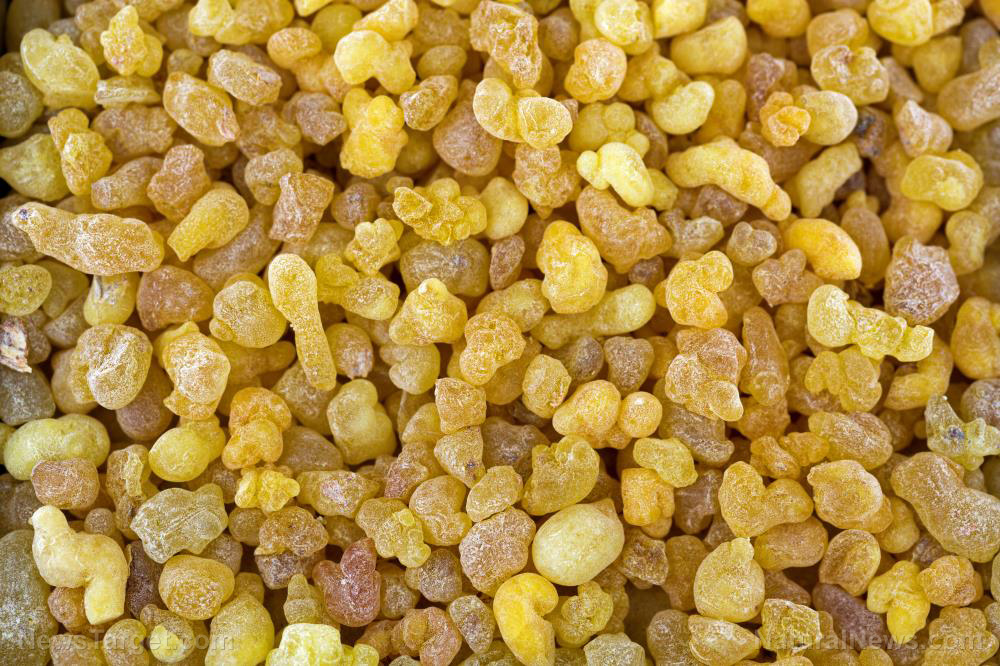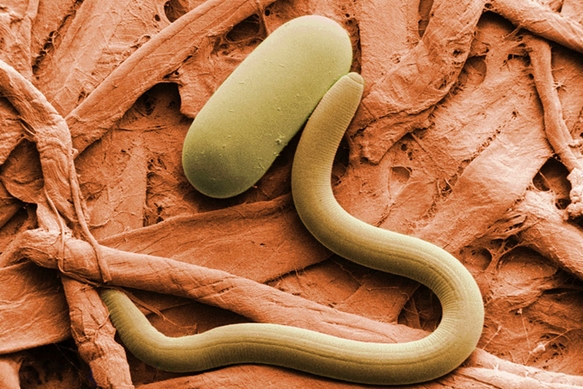Brain power revival: Methylene blue’s 136-year journey from Victorian dye to Alzheimer’s hope
06/01/2025 / By Belle Carter

- Scientists at the University of Texas at Austin reignited interest in methylene blue, revealing its potential to enhance memory and protect neurons, bridging historical chemical use with modern neuroscience advancements.
- Low doses of methylene blue act as an “electron cycler,” boosting mitochondrial efficiency by increasing oxygen consumption (37–70 percent) and cytochrome oxidase activity, while combating oxidative stress linked to neurodegenerative diseases like Alzheimer’s and Parkinson’s.
- By enhancing heme synthesis, a critical component of cytochrome enzymes, the compound safeguards neurons against metabolic stress and oxidative damage, addressing key drivers of aging and neurodegeneration.
- While FDA-approved only for methemoglobinemia, research highlights its promise in treating cognitive decline and neurodegenerative diseases. Ongoing studies explore its efficacy in conditions like Leber’s optic neuropathy, though regulatory hurdles complicate broader clinical applications.
- Despite promising preclinical results (e.g., extending cell lifespan and improving animal model outcomes), large-scale human trials are needed to confirm safety and efficacy, emphasizing the need for cautious optimism as scientists navigate the gap between lab findings and medical practice.
Scientists at the University of Texas (UT) at Austin have revitalized interest in methylene blue – a century-old chemical – by uncovering its profound role in enhancing memory and protecting neurons.
Published in 2011 in Neurometabolic Mechanisms for Memory Enhancement and Neuroprotection of Methylene Blue, the study led by Julio C. Rojas, Aleksandra K. Bruchey and F. Gonzalez-Lima found that low doses of the compound boost mitochondrial function and combat oxidative stress, mechanisms linked to stalled memory consolidation and neurodegeneration.
This work not only bridges cutting-edge neuroscience with historical findings but also points to methylene blue as a potential therapeutic strategy for diseases like Alzheimer’s, Parkinson’s and age-related cognitive decline.
Methylene blue’s cognitive superpowers stem from its unique biochemical relationship with mitochondria, the cellular powerhouses responsible for generating energy. The study explains that at low doses, the compound acts as an “electron cycler,” enhancing oxygen consumption in mitochondria by 37 to 70 percent while revving up complex IV activity (cytochrome oxidase), a key enzyme in cellular respiration.
The compound also reverses oxidative damage, a hallmark of aging and neurodegenerative diseases. By increasing heme synthesis – a component of hemoglobin and cytochrome enzymes – methylene blue protects neurons from metabolic stress.
“The evidence reviewed supports low-dose methylene blue as a safe intervention for improving memory and treating conditions with oxidative stress,” the authors wrote. (Related: Study: Methylene blue and near-infrared light show promise in preventing brain degradation.)
A 2008 study from independent researchers found that methylene blue extends human cell lifespan by improving mitochondrial efficiency, aligning with the Austin team’s findings on its role in “reversing premature senescence.”
From neuroprotection to nootropics: Clinical promises and constraints
Methylene blue is approved by the Food and Drug Administration (FDA) only for treating methemoglobinemia, a blood disorder, but emerging research hints at broader applications. The Austin review highlights its use in animal models to prevent neurodegeneration from metabolic insults, simulating strokes or toxins and improve spatial and associative memory.
“Low-dose methylene blue prevents neurodegeneration induced by metabolic insults,” the authors wrote, offering potential templates for therapies targeting Alzheimer’s or Parkinson’s, where mitochondrial failure is a central concern.
With Alzheimer’s disease plaguing millions globally, methylene blue’s dual role as a cognitive enhancer and neuroprotectant has sparked collaboration between neuroscientists and clinicians. Ongoing UT Austin studies are evaluating its efficacy against acute brain injuries and chronic disorders like Leber’s optic neuropathy, a mitochondrial-linked eye disease.
Yet hurdles remain. Regulatory pathways for repurposing FDA-grandfathered drugs are complex and the public’s enthusiasm for nootropics must be tempered with evidence. “While promising, methylene blue’s cognitive effects in humans are still being mapped,” the authors stressed, urging cautious interpretation until large-scale trials confirm benefits.
Methylene blue’s metamorphosis from 1880s dye to modern panacea reflects the iterative nature of science. The compound sits at the nexus of history and innovation, a reminder that even the oldest molecules often harbor the freshest insights into healing the human mind.
Watch the video below that talks about methylene blue as a safe, effective and affordable biohack.
This video is from the jroseland channel on Brighteon.com.
More related stories:
Unlocking methylene blue: A century-old compound steps into the cancer spotlight.
Methylene blue: An emerging contender in the battle against cancer.
From textile dye to potential wonder drug: “The Ultimate Guide to Methylene Blue” by Mark Sloan.
Sources include:
Submit a correction >>
Tagged Under:
alternative treatment, Alzheimer's disease, Brain, Cures, electron cycler, healing, memory, methylene blue, mitochondrial efficiency, neurons, Parkinson's Disease, UT Austin, Victorian dye
This article may contain statements that reflect the opinion of the author





















